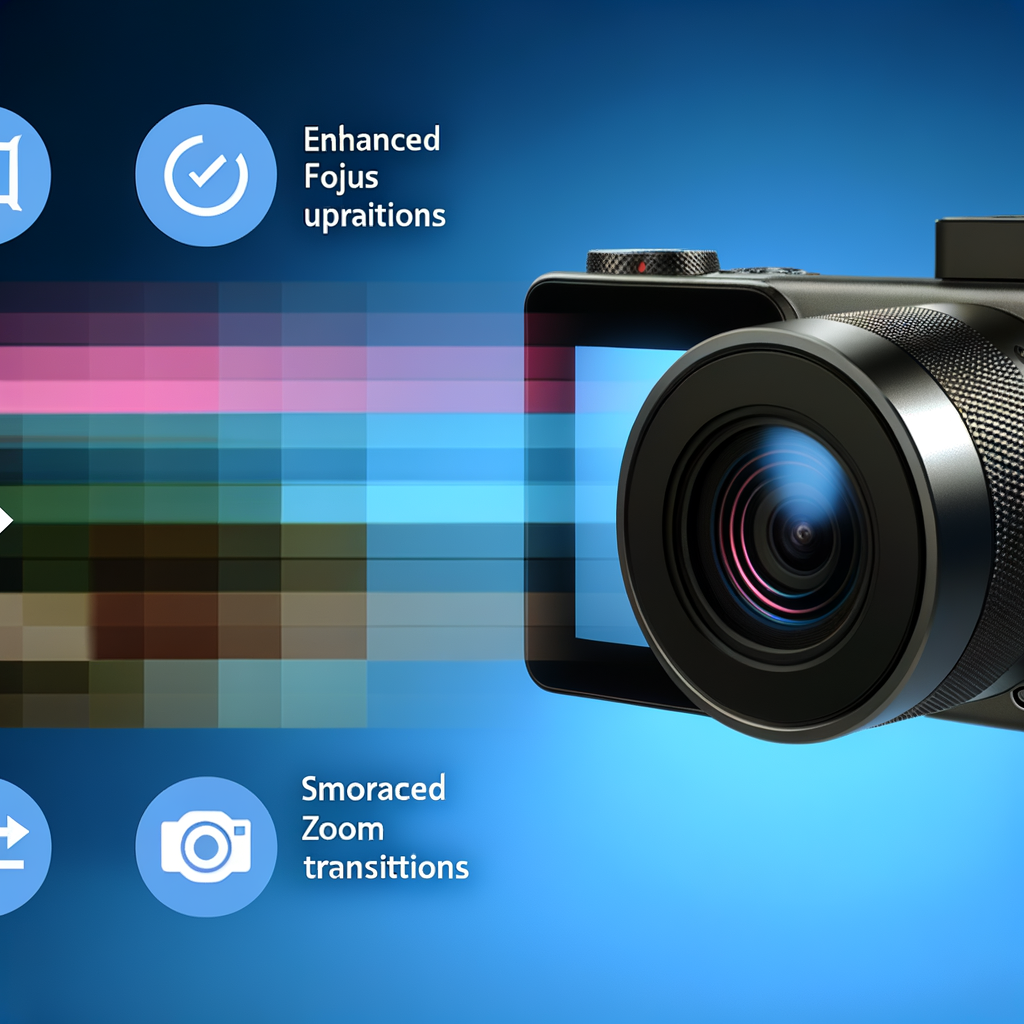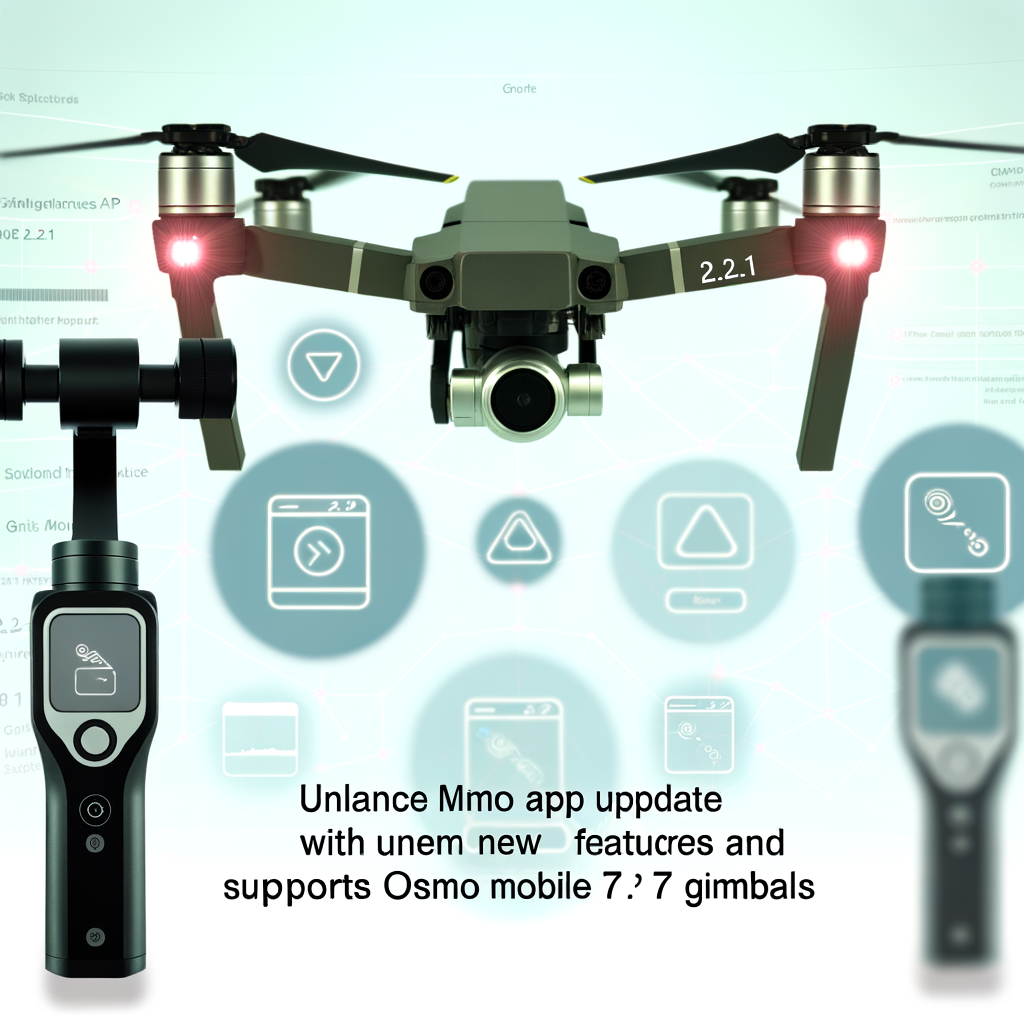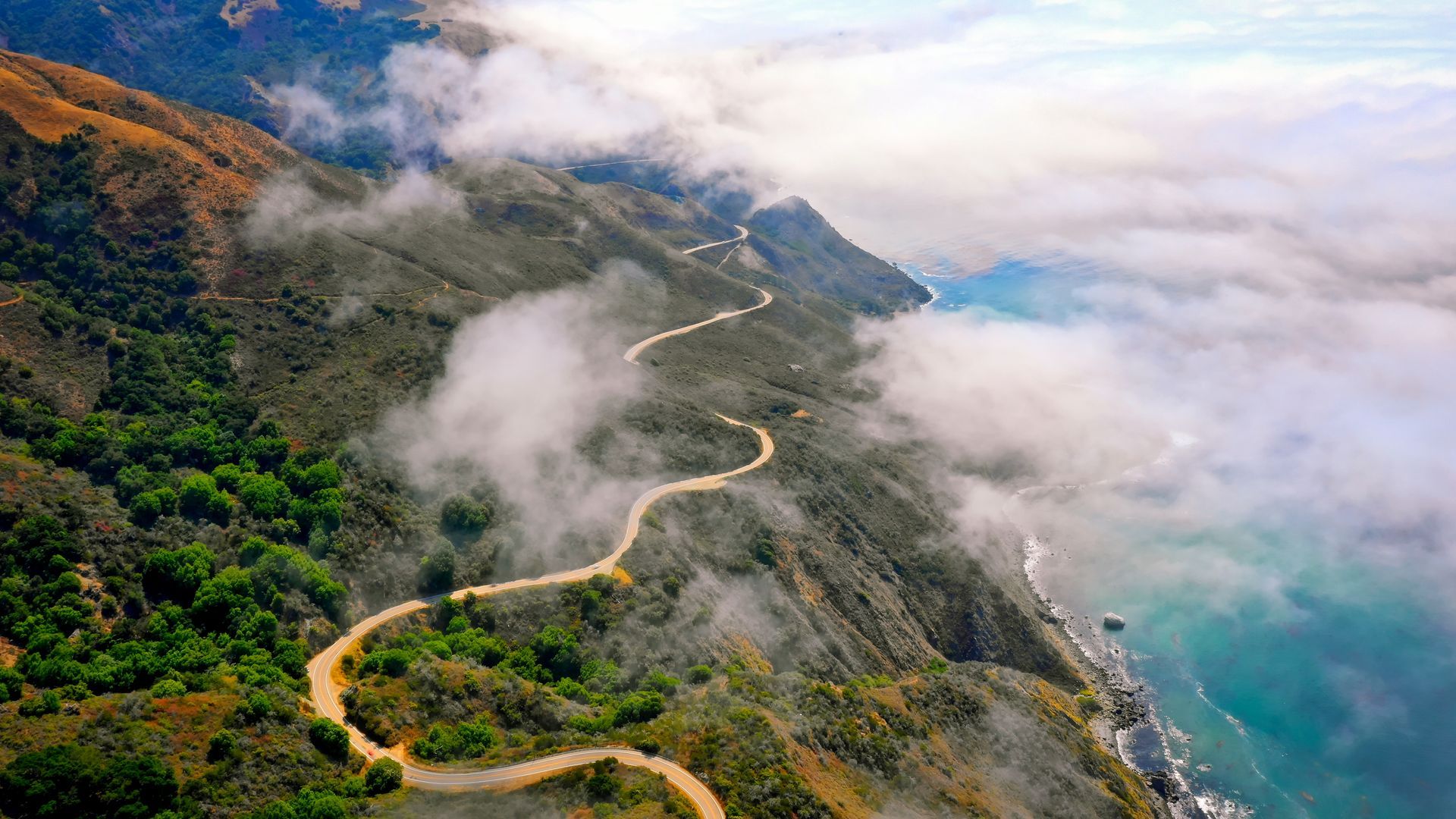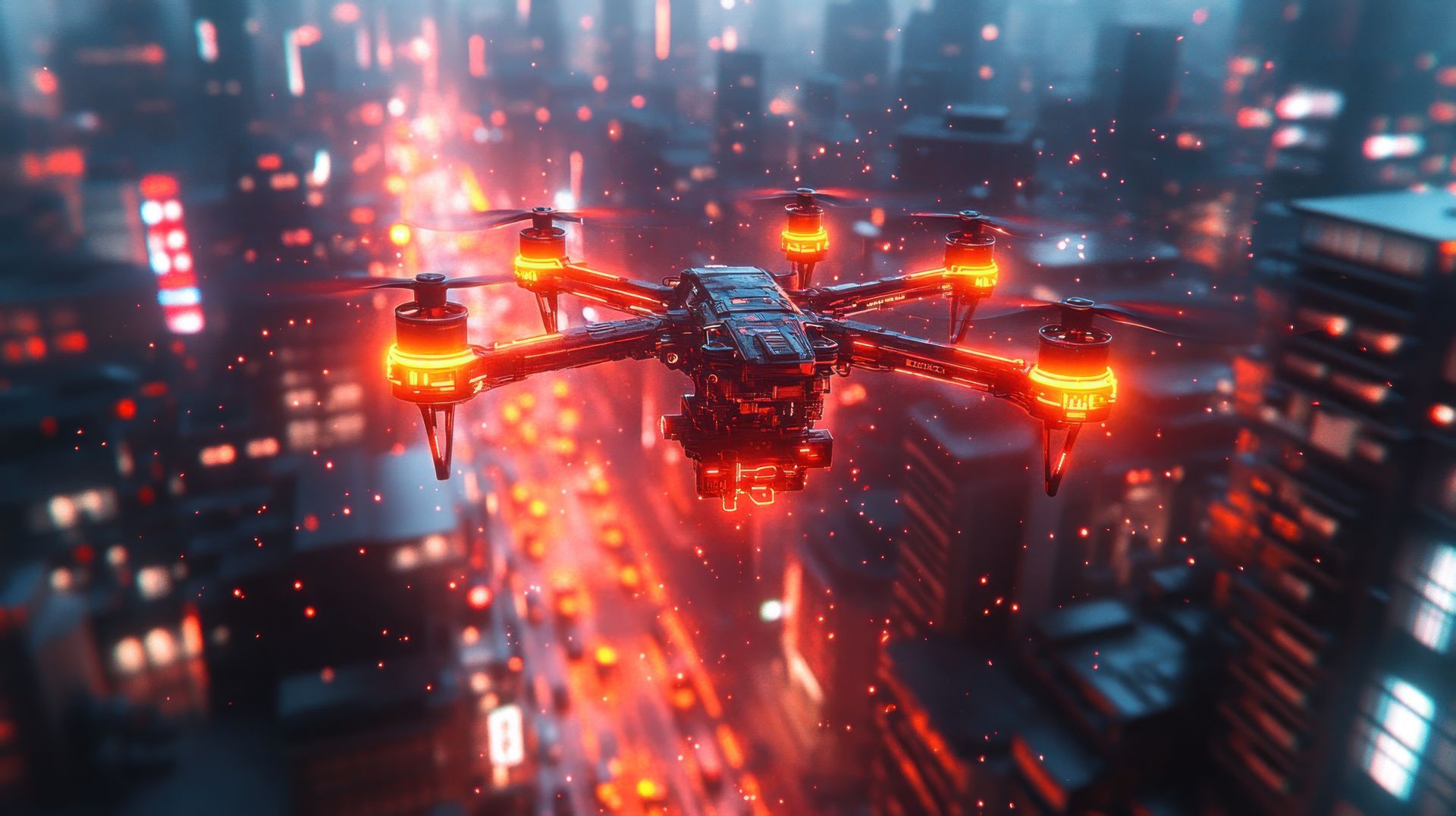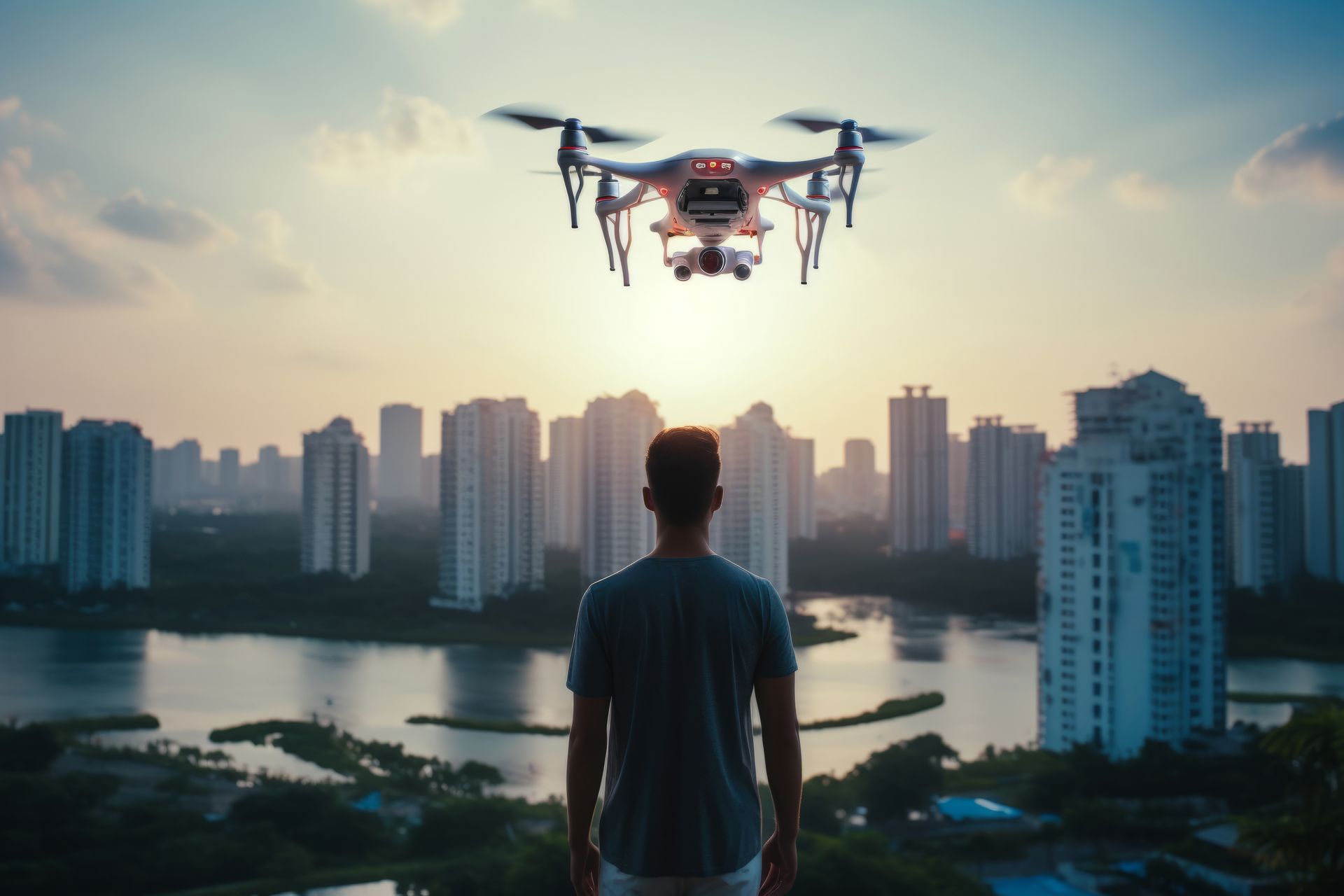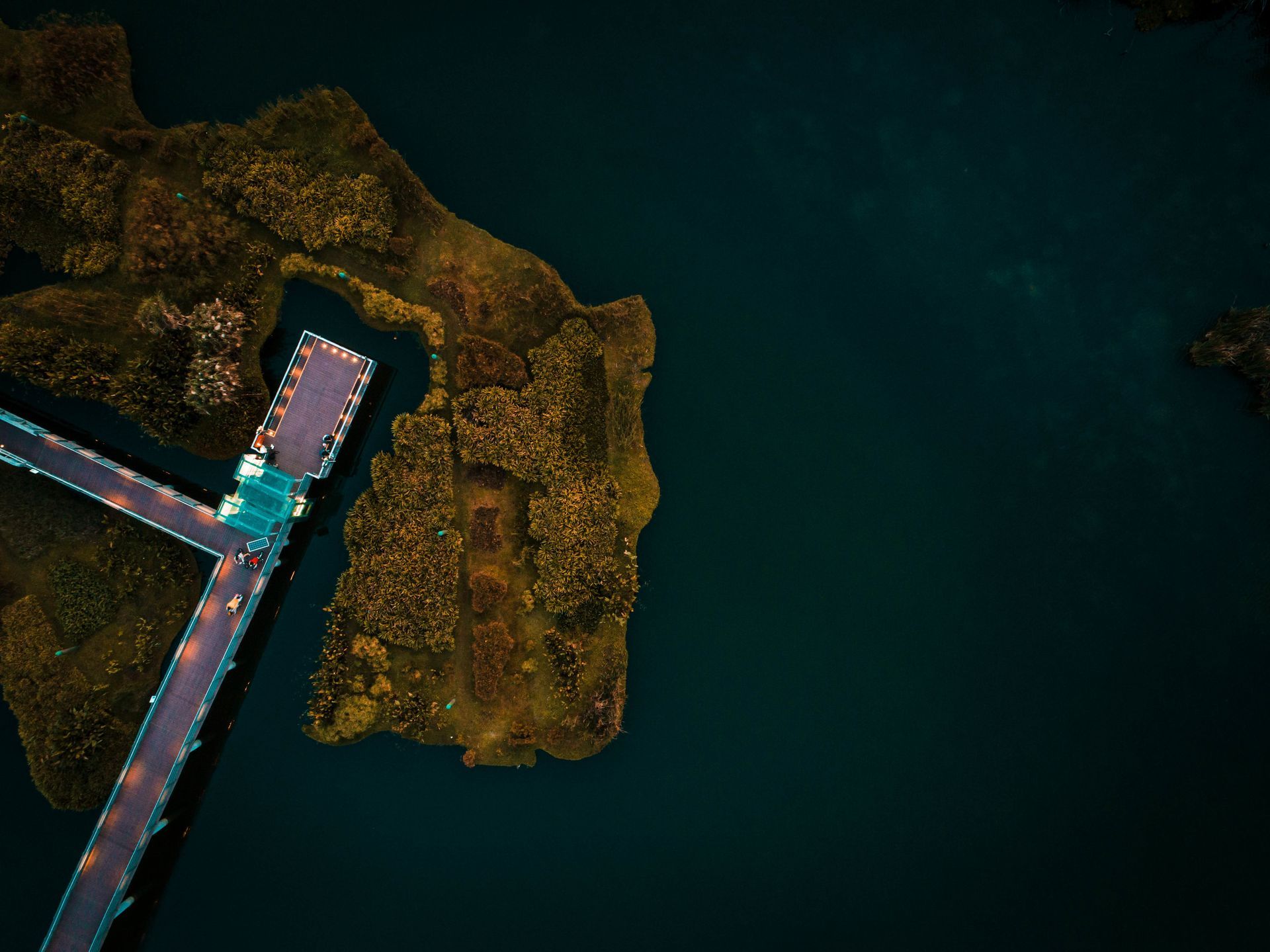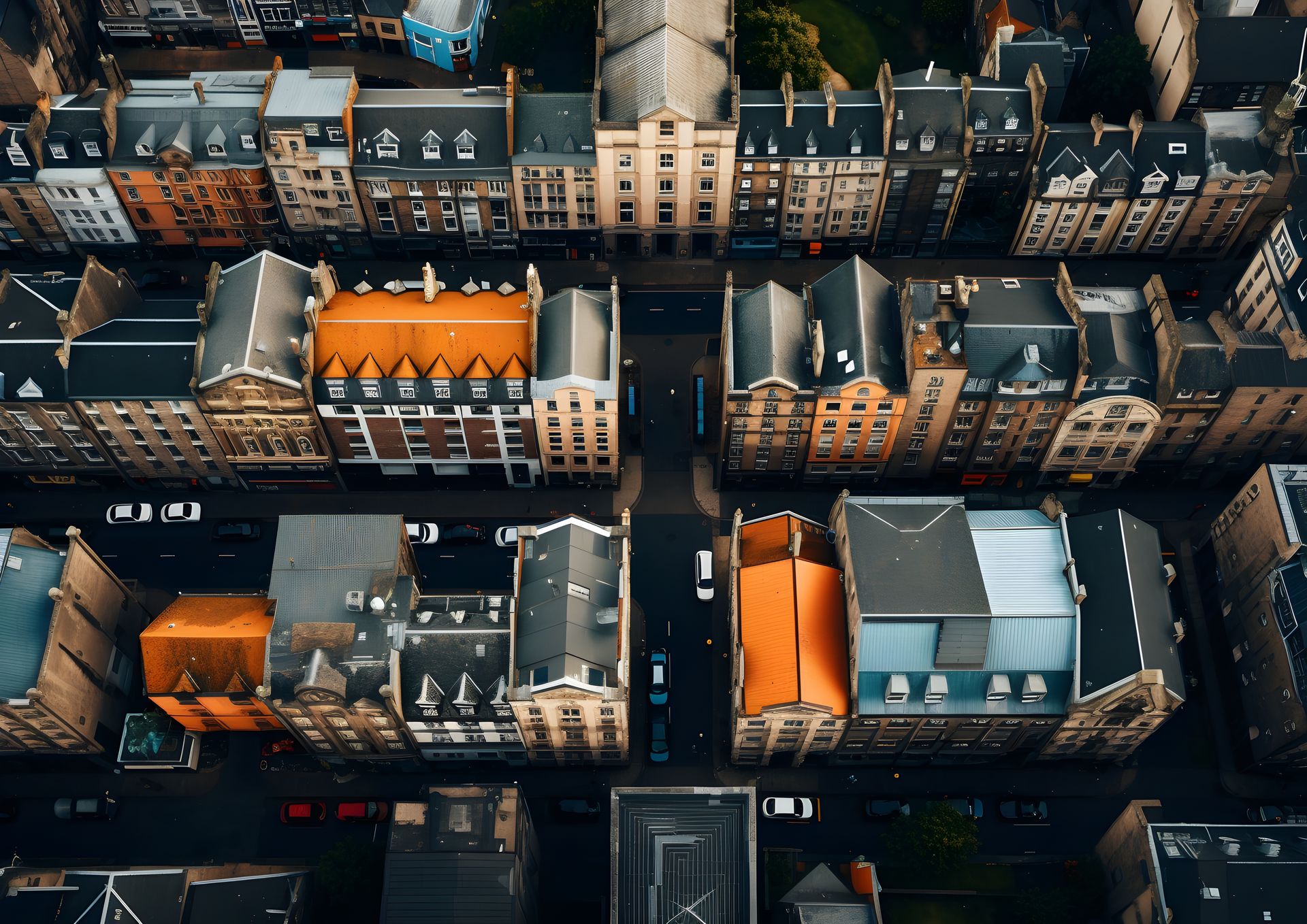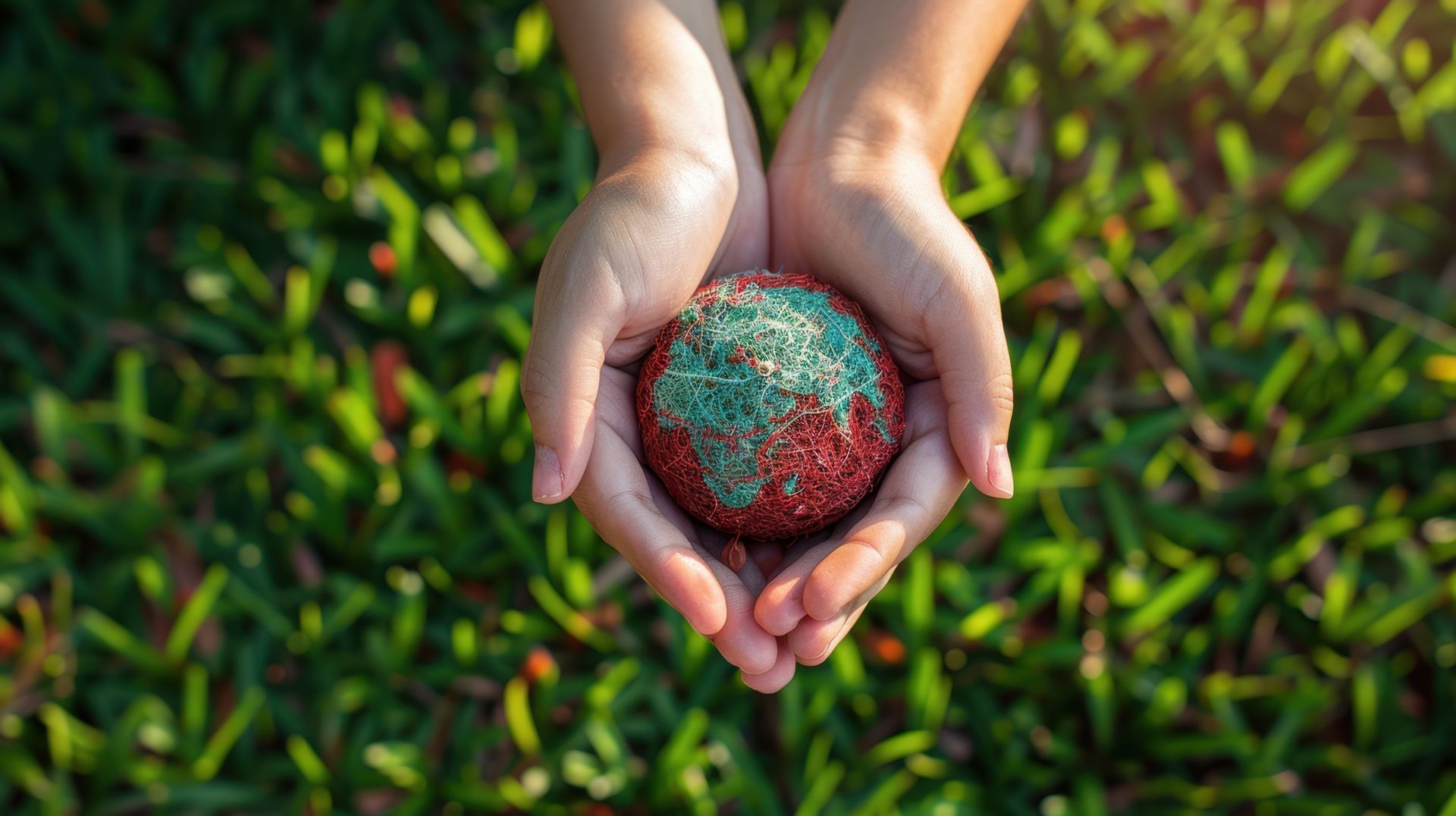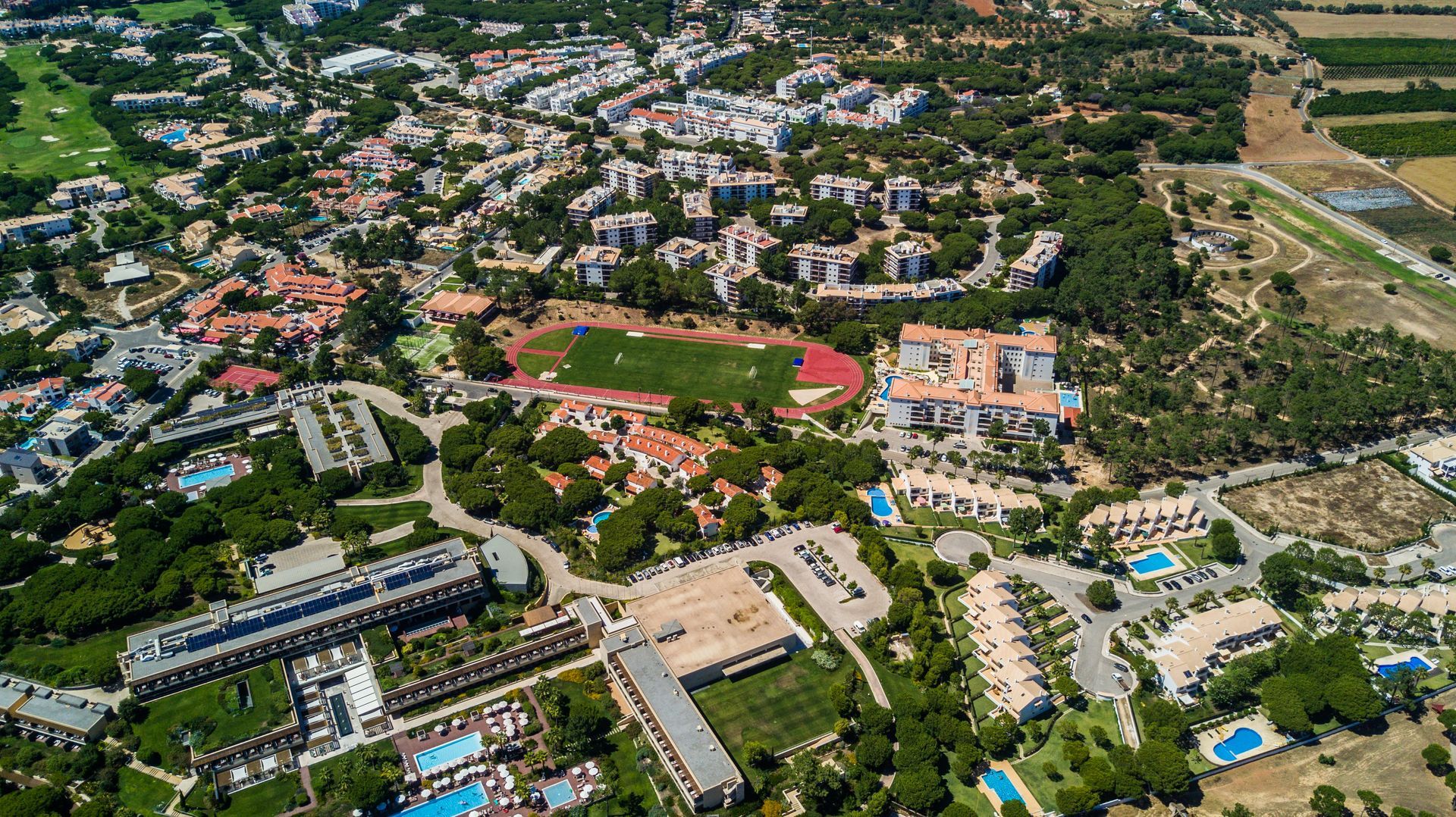
Drone Photography And Environmental Conservation: Capturing Nature's Beauty Responsibly
Drone technology has revolutionised the field of photography, offering new perspectives that were once only accessible through expensive helicopter rides or intricate crane setups.
Among the many applications of drone photography, one of the most compelling is its use in environmental conservation. By providing a bird's-eye view of our planet, drones allow us to document and protect natural landscapes, monitor wildlife, and promote conservation efforts. However, as with any powerful tool, the use of drones in conservation requires a careful, ethical approach to ensure that the environment we aim to protect is not inadvertently harmed.
The Power Of Aerial Perspectives
Drone photography opens up new possibilities for capturing the beauty and complexity of natural environments. Traditional ground-based photography can only offer limited perspectives, often missing the grandeur and scale of landscapes or the patterns that emerge when viewing nature from above. Drones, on the other hand, can soar over forests, mountains, rivers, and coastlines, capturing images that highlight the interconnectedness of ecosystems and the vastness of the natural world.
For conservationists, these aerial perspectives are invaluable. They provide a comprehensive view of habitats, revealing details that might be overlooked at ground level. For instance, drones can track the movement of wildlife across large areas, monitor changes in vegetation over time, and document the effects of climate change on specific ecosystems. This data is crucial for making informed decisions about conservation strategies, such as where to establish protected areas or how to manage wildlife populations.
Ethical Considerations In Drone Photography
While drone photography offers many benefits for environmental conservation, it also raises important ethical considerations. The presence of drones can disrupt wildlife, especially if not operated with care. Birds may see drones as potential predators, while mammals might be startled by the unfamiliar sound of a drone’s propellers. Such disturbances can lead to stress, alter natural behaviours, or even cause animals to abandon their habitats.
To minimise these risks, it is essential to follow best practices for responsible drone use in natural environments. This includes keeping a safe distance from wildlife, avoiding nesting sites, and limiting flight time to reduce noise pollution. Operators should also be mindful of local regulations and obtain necessary permits when flying in protected areas.
In addition to protecting wildlife, drone photographers must also consider the impact of their work on the environment itself. Drones can cause damage to fragile ecosystems if not handled carefully. For example, landing a drone in a delicate wetland area could disturb the soil and vegetation, leading to erosion or the destruction of plant life. Therefore, it is crucial to plan flights meticulously, choosing safe landing and takeoff points and avoiding sensitive areas.
Promoting Conservation Through Visual Storytelling
One of the most significant contributions drone photography can make to environmental conservation is in the realm of visual storytelling. Powerful images can inspire action by raising awareness about environmental issues and showcasing the beauty of nature that needs to be protected. Through stunning aerial shots, drone photographers can bring attention to endangered species, deforestation, pollution, and other threats to the environment.
For conservation organisations, these images are invaluable tools for education and advocacy. They can be used in campaigns, reports, and presentations to engage the public and policymakers. For instance, aerial images of deforestation can starkly illustrate the scale of habitat loss, while drone footage of wildlife can highlight the importance of preserving their habitats. By making the invisible visible, drone photography can help bridge the gap between the general public and the often-remote locations where conservation efforts are most needed.
Drone photography can also be used to celebrate conservation successes. Documenting the recovery of a once-endangered species or the restoration of a damaged ecosystem can provide hope and motivation for continued efforts. These success stories are vital for maintaining public support and encouraging further investment in conservation initiatives.
Case Studies: Drones In Action For Conservation
Several notable projects have demonstrated the potential of drone photography in environmental conservation. In the Amazon rainforest, drones have been used to monitor deforestation and illegal logging activities. By providing real-time data, these drones have enabled authorities to respond quickly to illegal activities, helping to protect vast areas of forest.
In Africa, drones have been deployed to monitor wildlife populations, particularly in regions where poaching is a significant threat. Drones can cover large areas more efficiently than traditional ground patrols, allowing conservationists to keep a close eye on endangered species such as elephants and rhinos. The aerial footage captured by these drones also helps to identify poaching hotspots, guiding law enforcement efforts to protect vulnerable animals.
In coastal areas, drones have been used to monitor coral reefs and marine environments. By capturing detailed images of coral bleaching and other signs of stress, drones provide valuable data that can inform conservation strategies aimed at protecting these critical ecosystems. The ability to quickly assess the health of coral reefs from above is particularly important in the face of climate change, which is causing widespread damage to marine habitats.
A Powerful Conservation Tool
Drone photography has the potential to be a powerful tool for environmental conservation, offering unique perspectives that can inform, inspire, and protect. However, with this power comes responsibility. Ethical considerations must be at the forefront of any drone-based conservation project, ensuring that the technology is used in a way that minimises harm to wildlife and the environment.
By following best practices and using drones to tell compelling visual stories, conservationists can harness the full potential of this technology to protect our planet. Whether documenting the effects of climate change, monitoring endangered species, or promoting conservation success stories, drone photography offers a new way to see—and save—the world around us.
10 Marine Parade, Paignton, TQ3 2NU, United Kingdom
SUPERDRONE© 2020-2024 Superhub Ltd

